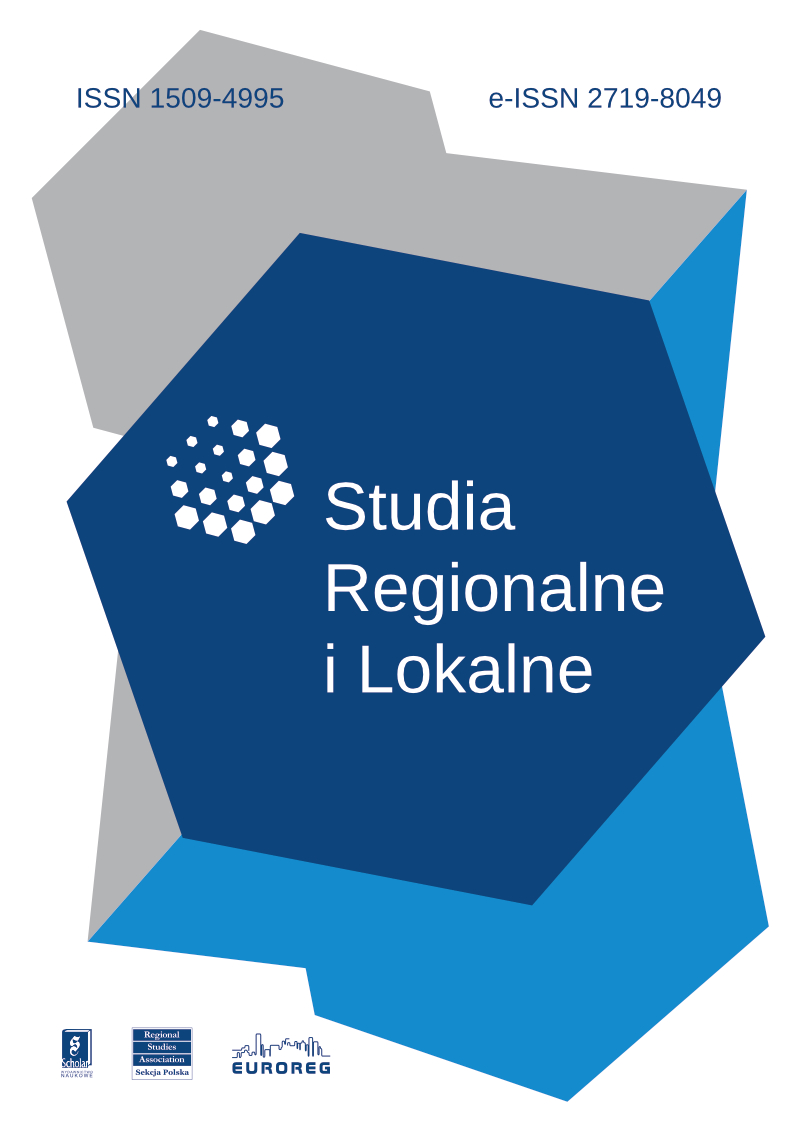Issue:
Special Issue on Ukraine/2023
Tetiana Dmytrivna Chubina, Yanina Anatoliivna Fedorenko, Oksana Oleksiivna Spirkin
Еnvironmental and Socio-Demographic Consequences of the Chornobyl Nuclear Power Plant Accident: A Historical Retrospective after 36 Years
DOI: 10.7366/15094995s2307
Еnvironmental and Socio-Demographic Consequences of the Chornobyl Nuclear Power Plant Accident: A Historical Retrospective after 36 Years
The accident at the Chornobyl Nuclear Power Plant was one of the largest in human history. It is often referred to as a global event because its effects were felt not only by Ukrainians but also by the populations of Belarus, Russia, Central Europe, the Balkans and the Scandinavian Peninsula. 2022 marked the 36th anniversary of this terrible occurrence, when the history of Ukraine in the late twentieth century was divided into two parts: before the tragedy of 26 April 1986, and after it.Today, it is important for Ukrainian society not only to recognise the significance of the catastrophe and remember its victims but also to find ways to overcome its grave consequences. This requires comprehensive research useful for developing new approaches to minimising the environmental and socio-demographic problems caused by the Chornobyl tragedy. Thus, this research has practical scientific, humanitarian and socio-political significance. The novelty of the obtained results lies in the study’s critical rethinking of the achievements of predecessors and its analysis of historical sources concerning the environmental and socio-demographic consequences of the accident at the Chornobyl Nuclear Power Plant as they manifested from 1986 to 2022.The methodological basis of the work is empirical cognition. The use of logical-analytical methods of grouping and typology allows us to classify homogeneous events and coherently present the material of the article. The study additionally uses comparative judgment, historical-statistical and problem-chronological methods. The principles of objectivity and impartiality also play an important role in the work.The purpose of the study is to investigate the consequences of the Chornobyl Nuclear Power Plant accident on the environmental and socio-demographic aspects of the population of Ukraine from 1986 to 2022 based on the identified set of sources. From a historical perspective, the level of pollution in the territories of Ukraine is traced, the demographic situation is monitored, and parallels are drawn between the Chornobyl disaster and the increase in incurable diseases and mortality.In conclusion, the authors note that although 36 years have passed, the echo of this catastrophe remains tangible for the population of Ukraine. Several issues still must be solved. The first is the return to life, namely, the safe living and management of areas that have been exposed to radiation contamination, as well as the continuation of work aimed at restoring agricultural soils. Second, purposeful work must be conducted by the state to minimise social and demographic problems resulting from the Chornobyl catastrophe. In our opinion, the government should increase expenditures aimed at providing quality medical services to the population of Ukraine, as well as conduct constant monitoring of the health of those people who are at high risk in order to better detect diseases in their early stages.These groups of people include liquidators of the consequences of the accident and migrants. Such measures can stabilise the demographic situation by increasing birth rates and reducing mortality, as well as improve the health and living standards of the population of Ukraine.
Affiliation:
Tetiana Dmytrivna Chubina: Cherkasy Institute of Fire Safety named after Chornobyl Heroes of National University of Civil Defence of Ukraine; Onoprienko St. 8, Cherkassy 18034, Ukraine; ORCID: 0000-0002-9383-3604;
chubina@ukr.net Yanina Anatoliivna Fedorenko: Cherkasy Institute of Fire Safety named after Chornobyl Heroes of National University of Civil Defence of Ukraine; Onoprienko St. 8, Cherkassy 18034, Ukraine; ORCID: 0000-0002-5206-0705;
yanava@ukr.net Oksana Oleksiivna Spirkin: Cherkasy Institute of Fire Safety named after Chornobyl Heroes of National University of Civil Defence of Ukraine; Onoprienko St. 8, Cherkassy 18034, Ukraine; ORCID: 0000-0001-7932-0127;
ksenyasp@gmail.com 


